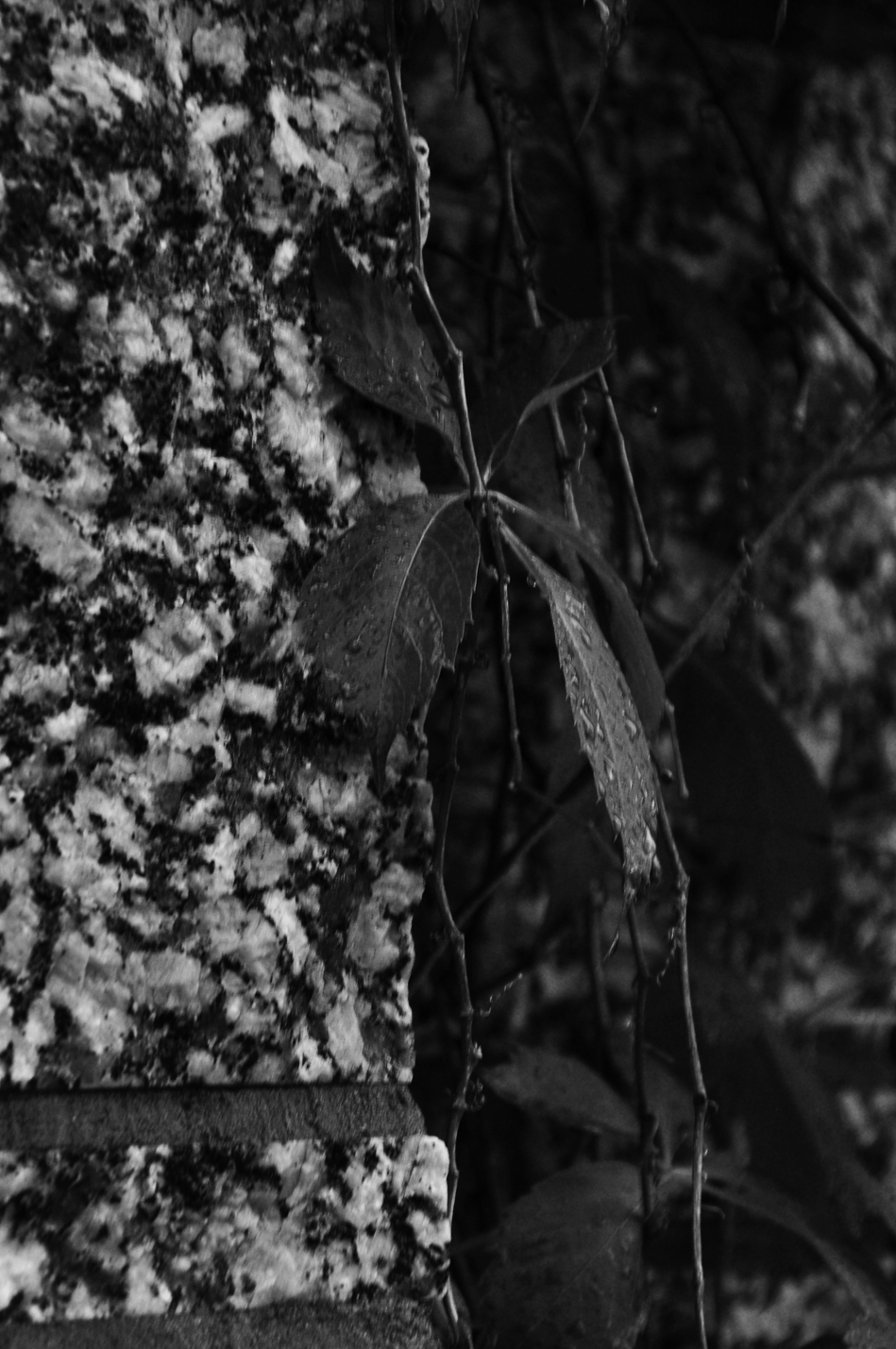
The truth is that landscape photography is a massively popular genre and with even well-known practitioners struggle to make a living through image sales alone. Landscape photography tips for aspiring professionalsįew of us can resist the urge to shoot a beautiful landscape on a lovely day, but trying to make a career from it is a whole different ball game. The one time when running the horizon dead-centre usually proves to be the best option is when you’re photographing a mirror-like reflection of the landscape in a lake or pond.

If the sky is more dramatic, do the reverse. If the land is where the action is, give that the larger portion of the photo. Some camera viewfinders also offer this grid function.Īlternatively, use the autofocus points as a guide, lining up the horizon with the tops of bottoms of the off-centre AF points. There are no hard-and-fast rules for where to place the horizon, although the Rule of Thirds is a good place to start.Īctivate the grid display on your camera’s Live View screen and place the horizon along one of the off-centre horizontal lines. More interesting scenics are usually had when the horizon is placed off-centre. You might think that putting the line of the horizon in the centre of a landscape photo will make the picture look more balanced, but that’s a shortcut to boring pictures.
DARK FILTERS FOR PHOTOS SOFTWARE
These photos are then combined in software to produce a single well-exposed image. Rather than use traditional ND Grads, many landscape photographers now prefer to take multiple photos of a scene, varying the exposure between each frame. Without an ND grad filter, you may end up with a sky that’s too bright (if you expose for the landscape) or a landscape that’s too dark (if you expose for the sky). By positioning the dark area over the sky, you can bring the exposure of the sky and the landscape closer together, allowing you to record detail in both areas in a single photo. Graduated Neutral Density filters feature a dark area and a clear area. They enable you to use slow shutter speeds in bright conditions, producing the classic ‘milky water’ waterfalls and rivers.

Standard Neutral Density filters are dark filters that reduce the amount of light let in through the lens. Polarising filters or simply ‘polarisers’ enable you to remove glare from foliage and the surface of water, and boost the contrast between clouds and a blue sky. ND grads) and standard Neutral Density filters. There are three types of camera filters that are made for landscape photography: a polarising filter, graduated Neutral density filters (a.k.a.

Making the foreground, middle ground and background appear closer together than they are in reality is a technique that landscape photographers use to make hills, mountains and forests appear to stretch almost endlessly into the distance. The compression effect offered by these types of lenses is also a useful trick for adding drama to scenic photos. Telephoto lenses enable you to pick out details in the landscape. Position the camera vertically too, as this will give you a much larger panoramic photograph and more freedom to crop the image if necessary.

They key is to make sure you provide enough of an overlap when you shoot each frame. Why not try shooting a panorama? Although specialist tripod heads can make this easier, software solutions such as Photoshop’s Photomerge feature can produce fantastic panoramas from pictures taken using everyday photo equipment. Standard lenses give a distortion-free image, although you’ll need to work harder to make more exciting picture. The trick with an ultra-wide angle lens is to get close to detail in the foreground, although there is a risk that this detail will start to look distorted if you’re too close. You can shoot landscape photos with any lens, whether it’s a wide-angle, a standard or a telephoto.Īlthough an ultra-wide lens can help you squeeze more into the picture, it can make composition challenging and there’s a risk that everything will look too small in the frame.


 0 kommentar(er)
0 kommentar(er)
